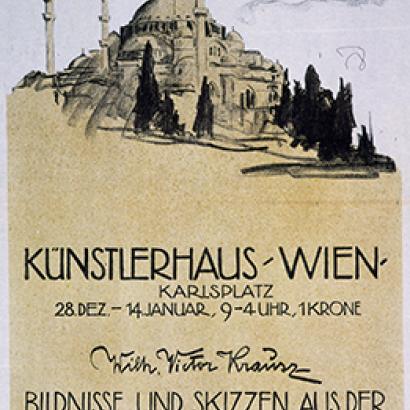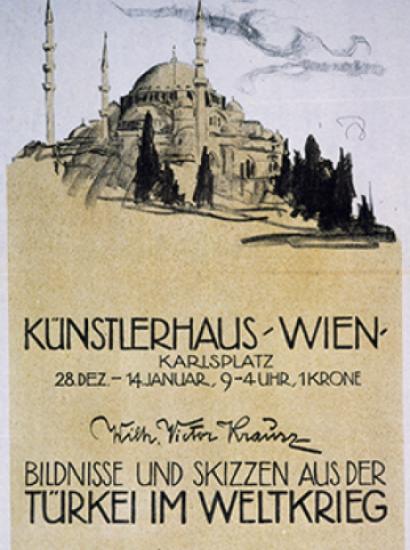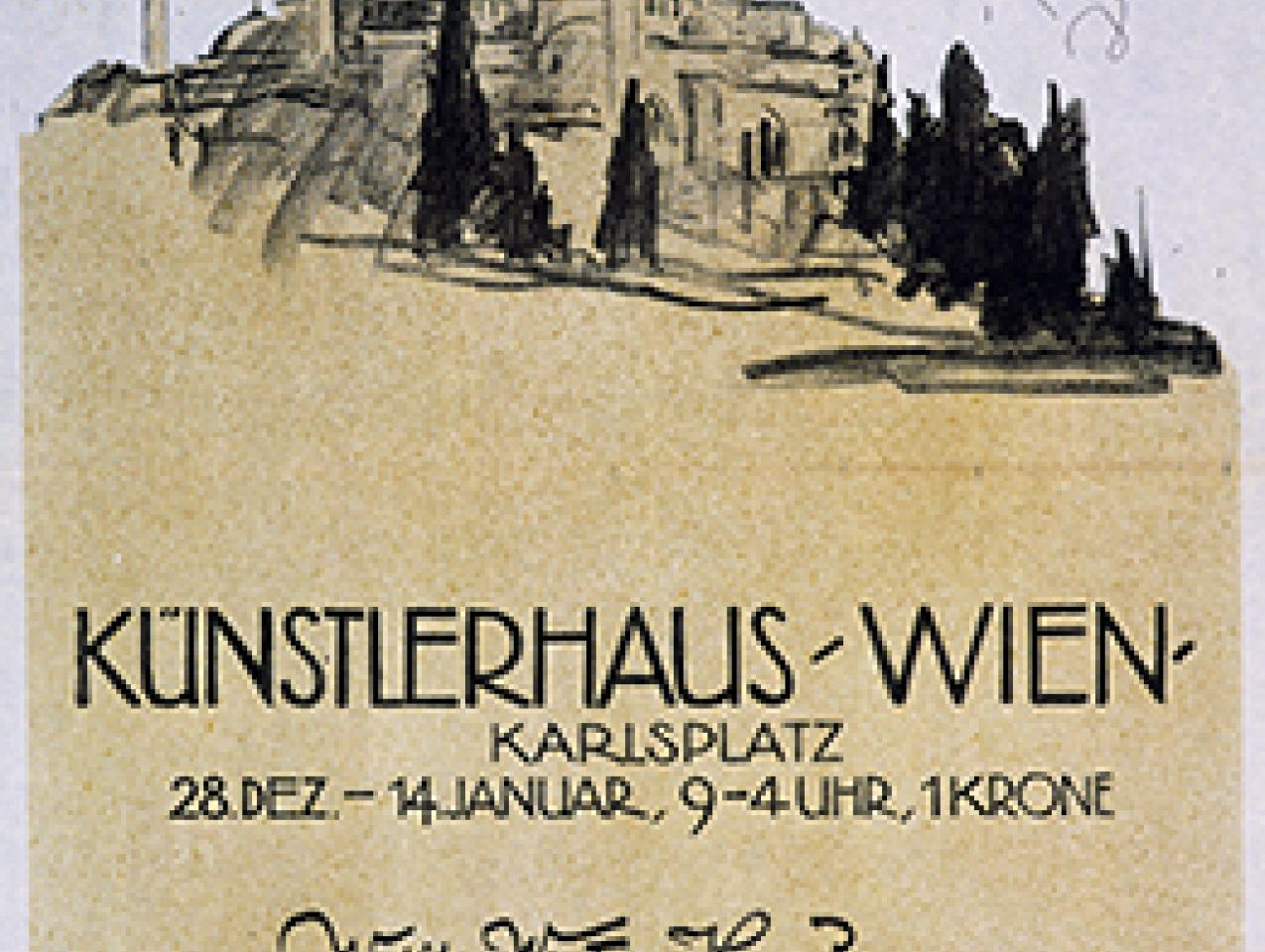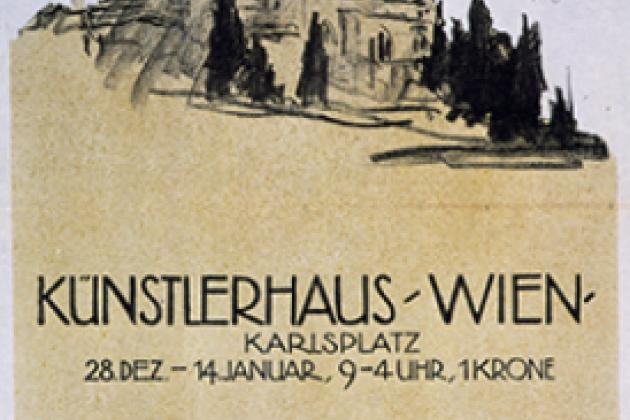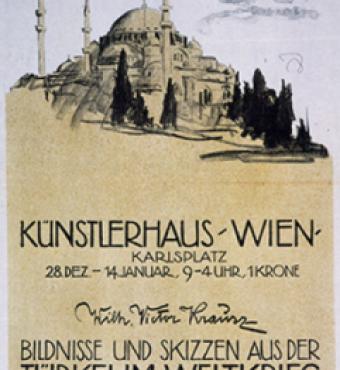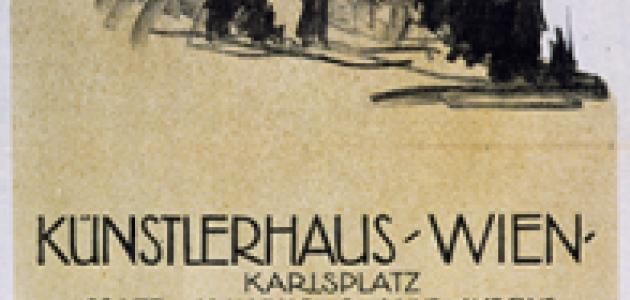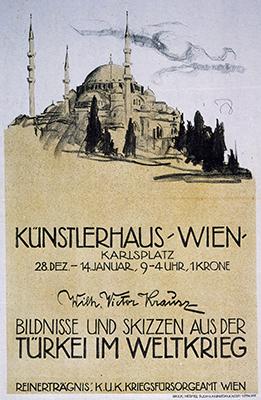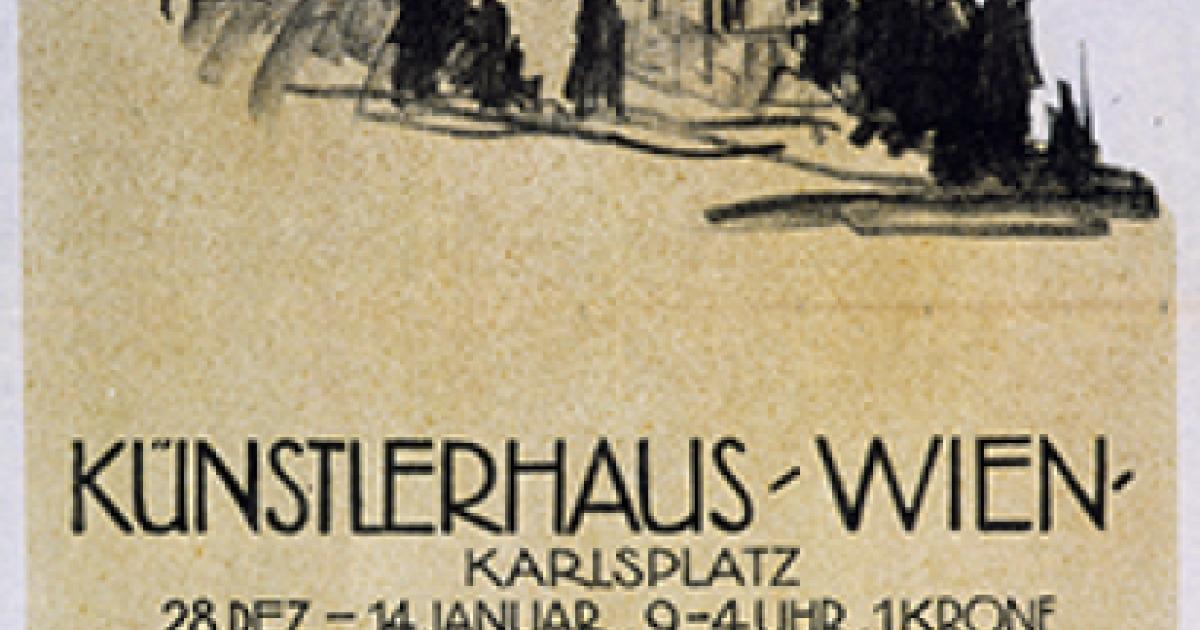- History
- Military
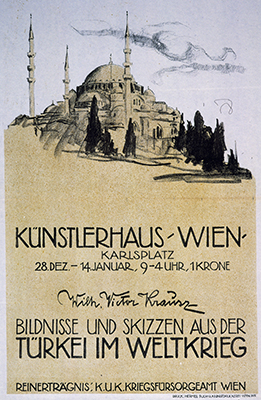
On Friday, July 24, Hagia Sophia was reopened as a mosque, after about a century as a museum. About 1,000 people attended Friday prayers there. The date, July 24, was not chosen at random, but marks a significant moment in military history.
On July 24, 1923, the Treaty of Lausanne was signed. Well-known in Turkey, the treaty deserves more attention in the West, because it marks one of the first successful revisions to the Peace of Paris imposed by the Allies at the end of the First World War. German and Italian aspirations to revise the treaty would eventually lead to World War Two. Three years earlier, in 1920, the Allies had imposed another agreement, the Treaty of Sèvres, on the former Ottoman Empire, under which large parts of Anatolia and Eastern Thrace would have been lost to Turkish rule. The Turkish National Movement, led by Mustafa Kemal Atatürk, rejected Sèvres. Under Atatürk’s leadership, Turkish armies drove out the Allies in the Turkish War of Independence, a conflict that led to large casualties, both military and civilian on both sides, unleashed a storm of forced migration, and established the Republic of Turkey in October 1923.
Atatürk, the Republic’s first President, represented the movement to make the new Turkey a secular state. The Republic abolished the Ottoman caliphate, under which the empire had claimed leadership of the Muslim world. An important symbol of Turkish secularism was the conversion of Hagia Sophia into a museum, thereby making it more open to people of all faiths. Indeed, Atatürk chose an American Christian scholar, Thomas Whittemore, to supervise the restoration of the Christian mosaics in the structure; they had been covered up while Hagia Sophia was a mosque.
The building had been constructed as the Orthodox Christian Cathedral of the Byzantine Empire in 537, and so it remained, except for a brief period as a Catholic Church when the Crusaders conquered Constantinople (as Istanbul was formerly known) in 1201, until the Ottoman Turkish conquest of the city on May 29, 1453. The sultan, Mehmet the Conqueror, immediately ordered the cathedral to be converted into a mosque.
Turkey’s current president, Recep Tayyip Erdoğan, is the country’s most powerful leader since Atatürk. Over the years he has cut back on Turkey’s secular character slowly but surely, thereby reversing Atatürk’s heritage. Erdoğan has also expressed neo-Ottomanist ambitions in foreign policy, seeking to expand Turkey’s influence abroad. Some think he wants to restore Istanbul to its status as the center of the Muslim world.
In that context, one notes that the president of Turkey’s religious affairs agency, Ali Erbas, held up a sword during a sermon delivered during the mosque’s reopening. He said, “Sultan Mehmet the Conqueror dedicated this magnificent construction to believers to remain a mosque until the Day of Resurrection,” referring to the conquest of the city in 1453.
The return of Hagia Sophia to its status as a mosque plays well with Erdoğan’s base. It is unlikely to help him, however, in a political climate in which the economy’s major troubles are causing his popularity to decline. The world will watch and wait to see whether the change in the status of Turkey’s most famous monument is more than symbolic.
Barry Strauss is a military historian and classicist at Cornell University and a Visiting Fellow at the Hoover Institution. He is the author of Ten Caesars: Roman Emperors from Augustus to Constantine and hosts the podcast ANTIQUITAS.








